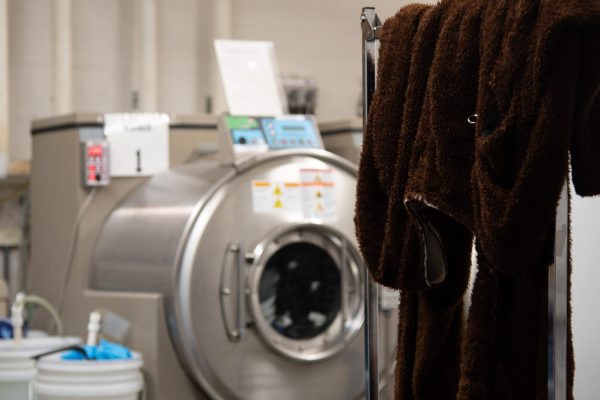Hazing as an epidemic
A media favorite in describing the unsavory side of high school and college student behaviors, the term “hazing” is one that most students at UVM are familiar with.
But for all of the administration’s attempt to eradicate any activities that “diminish one’s sense of membership and/or breach reasonable standards of mutual respect,” as stated in UVM’s Policy V. 3.4.7.3, not even a place like UVM is immune to hazing.
In 1999 a lawsuit was filed over a hazing incident involving the men’s hockey team that resulted in the cancellation of their 1999-2000 season. The lawsuit was filed by a player attempting to walk-on the team for violation of civil rights, assault and battery, invasion of privacy and consumer fraud and sought punitive and compensatory damages.
The plaintiff claimed that first-years on the team were forced to perform degrading acts such as wearing thong underwear while having beer thrown and spat at them. In addition, an incident that involved players being forced to take shots of hard alcohol by passing the liquor to each other mouth-to-mouth was also reported.
Another activity described was an “elephant walk.” United States College Hockey Online described this walk as one in “which men walk naked in physical contact while holding on to one another’s genitals, as well as being blindfolded while female strippers rolled on top of them.”
“Hazing is a about a lack of caring and respect for the individual and exercising your status or power over the new or would-be members,” former UVM athletic director Richard Farnham said, who now works for StopHazing.org, a website with the purpose of educating students on what hazing is and how it can be eliminated.
Farnham said that though he had been a student athlete at the University and spent 30 years in the athletic department, he had “never been aware of any overt hazing incident” until what happened two decades ago.
But the topic of hazing has taken on more importance at the collegiate level thanks to relatively recent research on it, and high-profile hazing incidents on campuses over the past few years that received widespread media attention.
In 2011, the National Collaborative for Hazing Research and Prevention reported that 1.5 million high school students were hazed each year. Nearly 47 percent of students entering college have already been hazed at some point in their life and 55 percent of college students involved in clubs, teams and organizations experienced hazing, the study found.
In the athletic world, hazing was seen as more prevalent, with 40 percent of athletes stating that their coach or adviser were aware of it, while about half said their coach was involved.
“People believe it bonds their new people to the organization, that it is harmless, that it preserves traditions and that it sets a hierarchy for behavior within the organization and they are just having some fun,” Farnham said. “All of which we have come to know as false.”
This became clear in Cornell’s case last fall, when a hazing incident involving the men’s lacrosse team caused the entire program to be suspended for the season. “It’s a team-wide penalty for a team-wide incident,” Cornell spokesman John Carberry said.
The incident included a beer-drinking contest in the form of a keg race where underage freshman were tied together in a circle and forced to drink large amounts of alcohol. The freshmen were also required to perform menial and degrading tasks for upperclassmen.
In May 2006, The New York Times reported on an incident that involved the women’s soccer team at Northwestern University. In this incident, the upperclassmen on the team forced freshman girls to perform lap dances for Northwestern men’s soccer players.
What happened was soon publicized due to photographs posted on a student-file sharing network. The images depicted women’s soccer players covered in marker wearing t-shirts and underwear, while others showed some players drinking beer and others giving lap dances.
While these incidents were obviously dangerous and became high-profile examples of hazing, it can be difficult to draw the line between what constitutes hazing and what constitutes a team bonding experience, Farnham said.
“I never experienced hazing however there was always a freshman initiation that occurred once a year each fall, which was deemed optional, but very frowned on to sit out of,” former UVM varsity men’s lacrosse player Josh Aronson said, who graduated last year. “It ranged from drinking beers and hard liquor to drinking different kitchen concoctions such as mixtures of hot sauce. There was never anything physical like paddles but it was all fun in an attempt to get freshman drunk, and have a good time.”12






